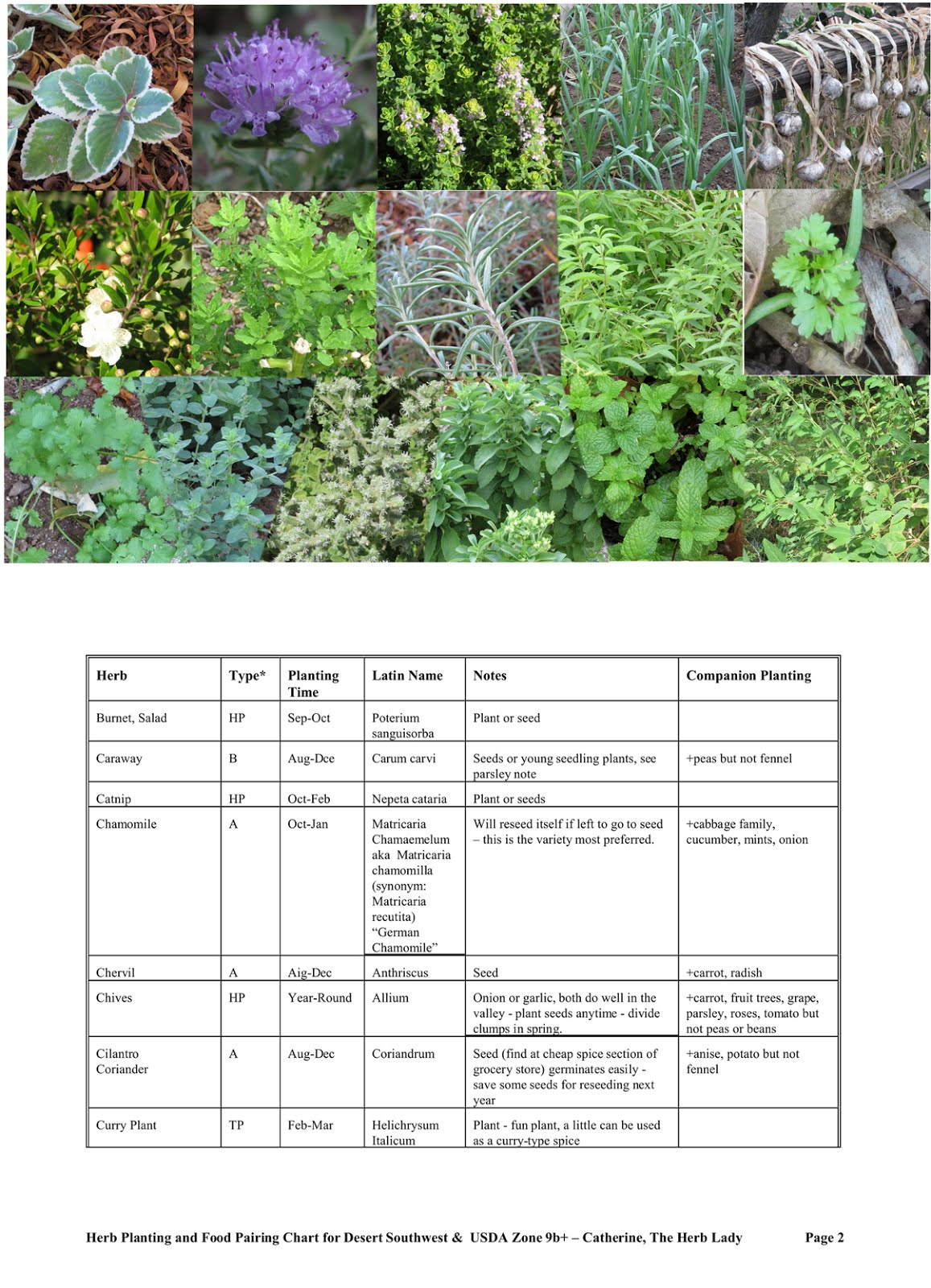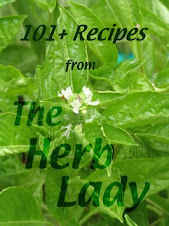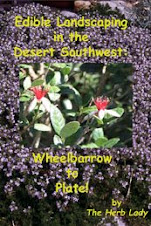Dear Folks,
A nice over-cast morning. We finally got a tiny bit of rain after days of dust and wind - a whopping .1 inches :-)
I have 3 Roselle plants going in the garden, finally found some happy spots for them (I tried a purchased plant 2 years ago and it was not happy where I put it. I started these new plants from seeds I got last year from the Arizona Herb Association at the Boyce Thompson Arboretum Herb Festival.
I started by soaking the seed for 3 days (March 24-27), then started them in Jiffy pellets and transplanted out April 8, 2015. They require warm soil to do well.
I was not sure about sun needs, so I opted to put the one in the picture in an almost full sun area and
the other 2 in a spot where they are shaded. The shaded ones are a 1/3 of the size of the full sun one.
This is the kind of experimenting I do to determine an edible's happy spot. I may move the other 2, if rain / overcast timing works out.
Roselle (Hibiscus sabdariffa) called Sorrel in the Caribbean and in
Latin America and Flor de Jamaica in Mexico, is a tropical native of
West Africa.
This lovely member of the hibiscus / Malva
(Hollyhock and Mallow) family is most known for the red colored,
cranberry-like flavored beverage made from the calyx fruit (base of the
flower).
The calyx are picked fresh and dried. Many Middle Eastern and Spanish grocery stores carry the dried flowers. The flowers have both vitamins and minerals. You can read up on Roselle at wikipedia
Next are some of my "Glass Gem" corn. I planted these primarily to refresh the seed inventory. This is a Flint (field, ground meal, popcorn) variety that has a lovely range of colors from pastel to purple, tan and brown.
The "empty" spots on the cobs are where the pollination is incomplete, so the kernels did not develop.
There is a wonderful history behind the "Glass Gem" variety - you can read up on it and also, if in stock, purchase seed from Native Seeds/Search.
Edible Flowers
For shear "wafting" appeal few flowers rival the true Jasmine in fragrance.
Jasminum Simbac also known as Arabian Jasmine, is a shrub and not to be confused with other plants called Jasmine, which are primarily vines.
Arabian Jasmine is the only Jasmine flower which is edible. If you have had Jasmine Tea you have enjoyed the fragrance of this beautiful flower.
Once settled down in our desert garden this shrub will grow for years. During the winter it may suffer cold damaged, but springs right back as the soil and air temps warm up. Stems may root to the ground at the leaf nodes. Prune after all danger of frost is over.
We get flowers 2-3 times a year in waves and there is an indescribable pleasure in walking past the shrub and being enveloped in the lovely scent and site of this plant.
Have a wonderful and safe Holiday!
-- Catherine, The Herb Lady
For planting and cooking help, check out my calendar and books for sale at my publisher's site
Friday, July 03, 2015
Subscribe to:
Post Comments (Atom)

























No comments:
Post a Comment